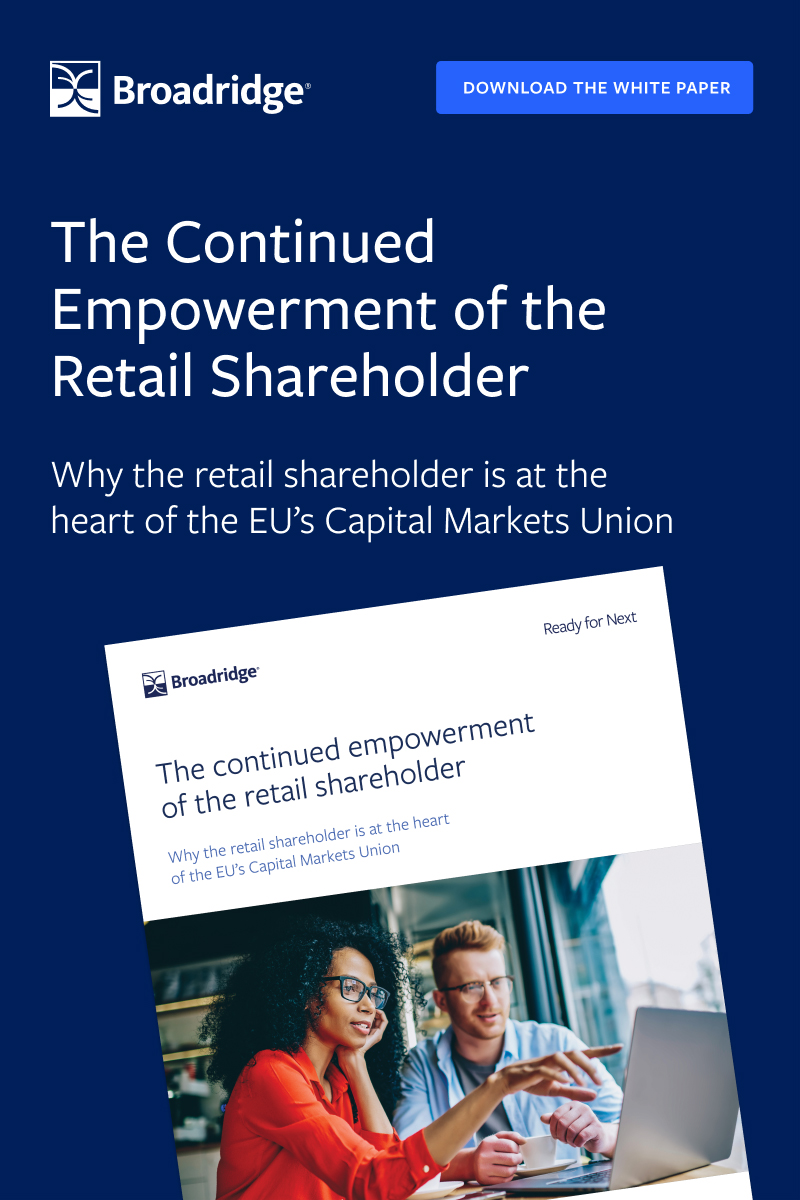The climbing Cayman Islands
16 Apr 2025
As reforms and regulations make their way across the island territory, are things beginning to ramp up or cool down for fund managers?
 Image: sasithorn/stock.adobe.com
Image: sasithorn/stock.adobe.com
The Caymans. Home to pristine white beaches, a tropical climate, and an absent tax regime, the territory has had its fair share of scrutiny, criticisms, and opponents over the last few years.
Yet, as waves of reforms and more stringent regulations have swept over this island cluster, fund managers believe it is time to leave misconceptions in the past.
A continued climb
The Caymans has not always been the financial services powerhouse it is known as today. Having ‘laid low’ for the best part of 500 years since Christopher Columbus ‘sighted’ the islands in 1503, only in 1966 did the government enact a set of laws that would transform the territory into the tax haven it is now famous for. These regulations, including the Banks and Trust Companies Regulation Law and the Trusts Law, would signal the start of a legal framework that would eventually ensure the absence of taxation in any form for individuals and corporations.
Now, the stats reveal the full extent of the Cayman’s rise to fund domicile domination. Having looked over the numbers, Solvena Moore, senior director at JTC, confirms “the number of funds registered with the Cayman Islands Monetary Authority [has risen] by 2.7 per cent in 2024, reaching a record high of over 30,000 in Q4,” a figure which she says is the highest percentage of private funds registered since the introduction of the Private Funds Act in 2020.
And the region’s popularity continues. Though reports vary, an estimated 70 per cent of all global hedge fund assets are domiciled in the Cayman Islands, not including the mutual and open-ended funds that have called the territory home. In the face of these facts, it would be difficult for Moore and fund managers alike to deny that the “Cayman remains the preferred choice of domicile for hedge funds and private funds.”
But where does this leave the state of regulation in the Caymans?
Apparently “ahead of the game”, according to Justin Savage, partner at Ogier. He continues: “When it comes to developing a robust compliance framework, jurisdictions which have been more resistant to regulatory development will find themselves behind the curve when compared with the Cayman Islands.”
The way Moore sees it, the Caymans face an apparent paradox, where increased pressure from regulators to adhere to international standards has, in turn, acted as a deterrent to some investors. But in light of Cayman’s ongoing “reputational challenge around transparency”, investors should, Moore says, “respect the jurisdiction’s measures to enhance transparency and align with international best practices.”
And the region has made changes. In January 2025, the compliance deadline for the amended Beneficial Ownership Transparency act (BOTA) passed, meaning that the identities of firms and legal persons with funds domiciled in the region now have to be verified and contactable. Anti-money laundering (AML) regulations have also been updated, with stricter measures set for risk assessments, due diligence requirements, and record-keeping obligations.
All this has rewarded the Cayman Islands with a removal from both the Financial Action Task Force’s (FATF) grey list and the EU’s black list; a register of countries that need to undergo increased AML and combating the financing of terrorism (CTF) monitoring. This is an achievement which Moore says has “renewed optimism in the market for 2025 and onwards,” adding that “this is welcoming news for the industry as a whole. Investors and clients have moved to utilising Cayman fund structures once the barrier was removed.”
Savage agrees. “With continuous regulatory refinements and enforcement and public relations efforts by government and industry, perceptions are shifting positively,” he says.
Yet, not all are happy with the extent of the reforms, where tax evasion schemes and phantom investments still lurk in the murky depths of the mangroves that populate the islands.
One such opponent is Chiara Putaturo, Oxfam’s EU tax policy advisor, who argues that “removing the Cayman Islands, one of the world’s most notorious tax havens, from the EU tax haven black list is further proof that the process isn’t working.
“If the black list is to retain any credibility the EU must include all countries that operate as tax havens - including countries with zero corporate tax rates and countries where corporate investments outstrip the level of real economic activity they engage in,” she emphasises.
Another famed critic, Barack Obama, highlighted just one specific example of how firms take advantage of the Cayman Islands’ tax regime. Speaking in a 2008 debate, the then-senator criticised the island’s lax regulatory authority, pointing out, “you’ve got a building in the Cayman Islands that supposedly houses 12,000 corporations. That’s either the biggest building or the biggest tax scam on record.”
On an island where registered corporations outnumber its inhabitants, it is clear that many still challenge the region’s apparent openness towards ambiguous entities. But many years have passed since Obama’s comment, and the Cayman government, as well as its regulatory authority CIMA and newly established policing unit, can only hope that these new reforms will lead to higher standards of transparency and global trust in the territory.
Catching up with the Caymans
So what does the future hold for the Caymans, then? The population is on the rise and although there are concerns that US tariffs may impact the cost of living for inhabitants, the future for fund managers is looking increasingly bright.
As Savage points out: “With an evolving regulatory framework that supports innovation and compliance, the jurisdiction is well-positioned to adapt to investor needs, ensuring the Cayman Islands remain competitive and attractive for a diverse range of investment strategies.”
Moore maintains a similarly sunny outlook. In her eyes, “the Caymans will experience a busy year as the growth of funds will continue to climb.”
And with the backing of a secure regulatory authority and government, they may well be proven right.
Yet, as waves of reforms and more stringent regulations have swept over this island cluster, fund managers believe it is time to leave misconceptions in the past.
A continued climb
The Caymans has not always been the financial services powerhouse it is known as today. Having ‘laid low’ for the best part of 500 years since Christopher Columbus ‘sighted’ the islands in 1503, only in 1966 did the government enact a set of laws that would transform the territory into the tax haven it is now famous for. These regulations, including the Banks and Trust Companies Regulation Law and the Trusts Law, would signal the start of a legal framework that would eventually ensure the absence of taxation in any form for individuals and corporations.
Now, the stats reveal the full extent of the Cayman’s rise to fund domicile domination. Having looked over the numbers, Solvena Moore, senior director at JTC, confirms “the number of funds registered with the Cayman Islands Monetary Authority [has risen] by 2.7 per cent in 2024, reaching a record high of over 30,000 in Q4,” a figure which she says is the highest percentage of private funds registered since the introduction of the Private Funds Act in 2020.
And the region’s popularity continues. Though reports vary, an estimated 70 per cent of all global hedge fund assets are domiciled in the Cayman Islands, not including the mutual and open-ended funds that have called the territory home. In the face of these facts, it would be difficult for Moore and fund managers alike to deny that the “Cayman remains the preferred choice of domicile for hedge funds and private funds.”
But where does this leave the state of regulation in the Caymans?
Apparently “ahead of the game”, according to Justin Savage, partner at Ogier. He continues: “When it comes to developing a robust compliance framework, jurisdictions which have been more resistant to regulatory development will find themselves behind the curve when compared with the Cayman Islands.”
The way Moore sees it, the Caymans face an apparent paradox, where increased pressure from regulators to adhere to international standards has, in turn, acted as a deterrent to some investors. But in light of Cayman’s ongoing “reputational challenge around transparency”, investors should, Moore says, “respect the jurisdiction’s measures to enhance transparency and align with international best practices.”
And the region has made changes. In January 2025, the compliance deadline for the amended Beneficial Ownership Transparency act (BOTA) passed, meaning that the identities of firms and legal persons with funds domiciled in the region now have to be verified and contactable. Anti-money laundering (AML) regulations have also been updated, with stricter measures set for risk assessments, due diligence requirements, and record-keeping obligations.
All this has rewarded the Cayman Islands with a removal from both the Financial Action Task Force’s (FATF) grey list and the EU’s black list; a register of countries that need to undergo increased AML and combating the financing of terrorism (CTF) monitoring. This is an achievement which Moore says has “renewed optimism in the market for 2025 and onwards,” adding that “this is welcoming news for the industry as a whole. Investors and clients have moved to utilising Cayman fund structures once the barrier was removed.”
Savage agrees. “With continuous regulatory refinements and enforcement and public relations efforts by government and industry, perceptions are shifting positively,” he says.
Yet, not all are happy with the extent of the reforms, where tax evasion schemes and phantom investments still lurk in the murky depths of the mangroves that populate the islands.
One such opponent is Chiara Putaturo, Oxfam’s EU tax policy advisor, who argues that “removing the Cayman Islands, one of the world’s most notorious tax havens, from the EU tax haven black list is further proof that the process isn’t working.
“If the black list is to retain any credibility the EU must include all countries that operate as tax havens - including countries with zero corporate tax rates and countries where corporate investments outstrip the level of real economic activity they engage in,” she emphasises.
Another famed critic, Barack Obama, highlighted just one specific example of how firms take advantage of the Cayman Islands’ tax regime. Speaking in a 2008 debate, the then-senator criticised the island’s lax regulatory authority, pointing out, “you’ve got a building in the Cayman Islands that supposedly houses 12,000 corporations. That’s either the biggest building or the biggest tax scam on record.”
On an island where registered corporations outnumber its inhabitants, it is clear that many still challenge the region’s apparent openness towards ambiguous entities. But many years have passed since Obama’s comment, and the Cayman government, as well as its regulatory authority CIMA and newly established policing unit, can only hope that these new reforms will lead to higher standards of transparency and global trust in the territory.
Catching up with the Caymans
So what does the future hold for the Caymans, then? The population is on the rise and although there are concerns that US tariffs may impact the cost of living for inhabitants, the future for fund managers is looking increasingly bright.
As Savage points out: “With an evolving regulatory framework that supports innovation and compliance, the jurisdiction is well-positioned to adapt to investor needs, ensuring the Cayman Islands remain competitive and attractive for a diverse range of investment strategies.”
Moore maintains a similarly sunny outlook. In her eyes, “the Caymans will experience a busy year as the growth of funds will continue to climb.”
And with the backing of a secure regulatory authority and government, they may well be proven right.
NO FEE, NO RISK
100% ON RETURNS If you invest in only one asset servicing news source this year, make sure it is your free subscription to Asset Servicing Times
100% ON RETURNS If you invest in only one asset servicing news source this year, make sure it is your free subscription to Asset Servicing Times



